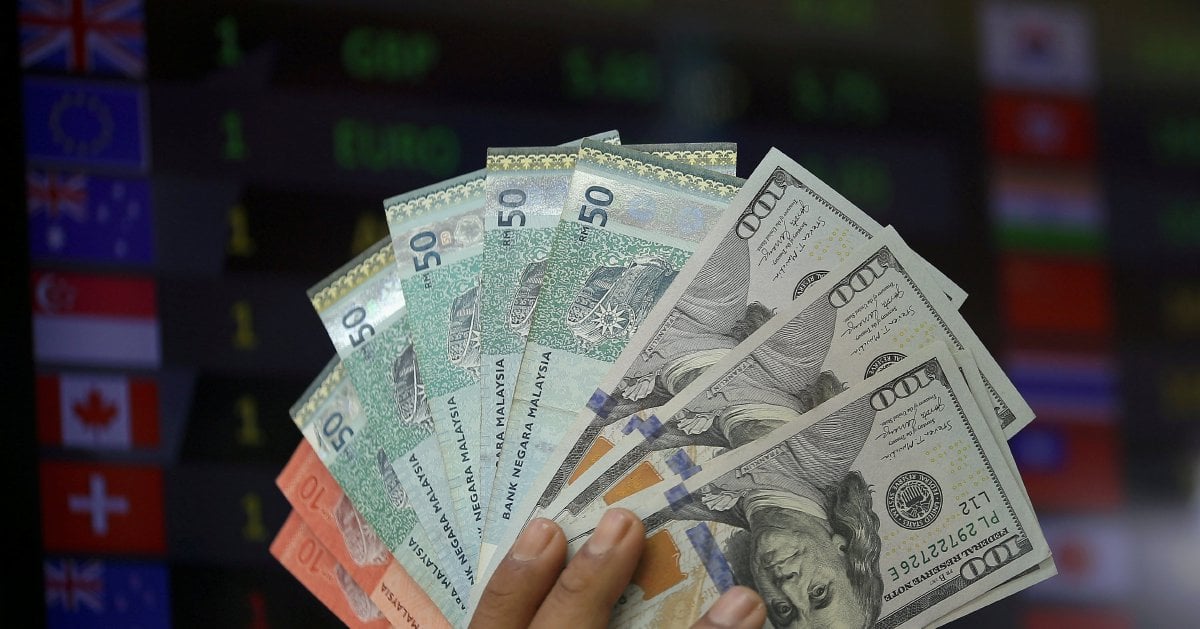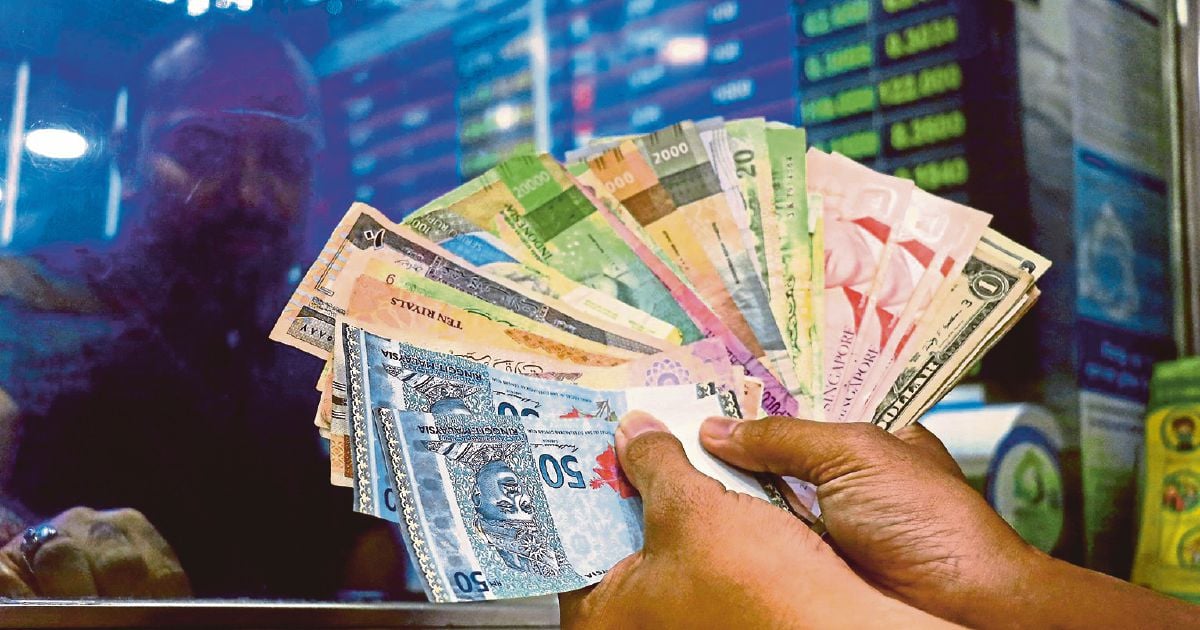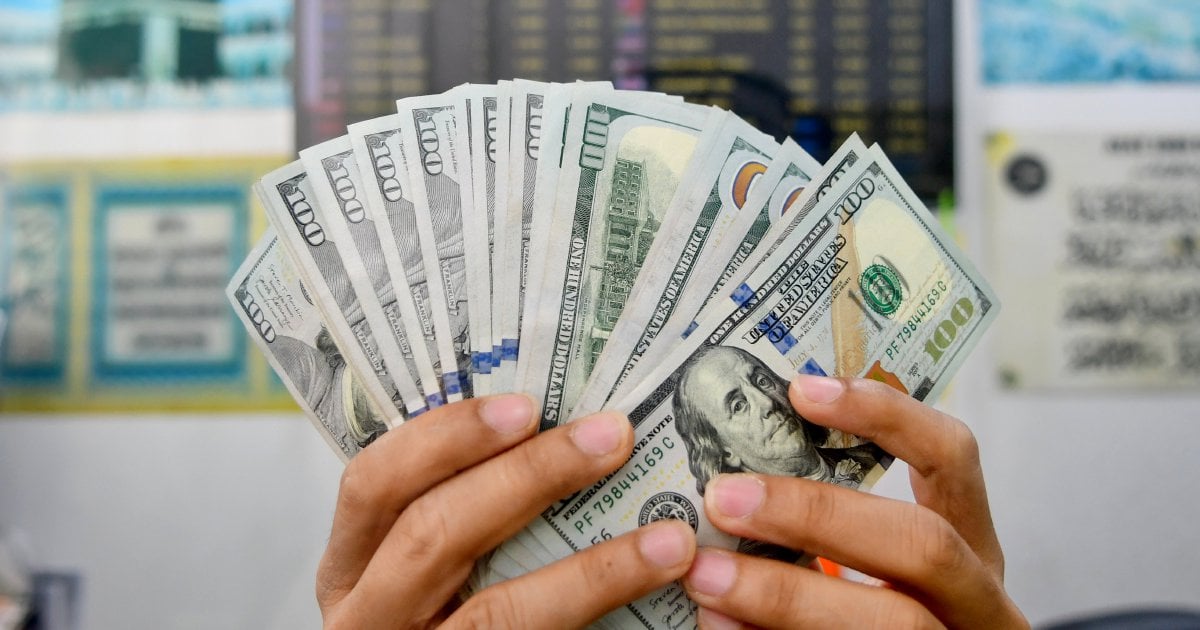





On February 6, 2025, the Malaysian ringgit (MYR) opened at 4.4150/4300 against the US dollar, showing a slight strengthening from 4.4200/4260 the previous day. This change comes amid weaker US economic indicators, particularly a decline in service sector sentiment reflected in the ISM Index, which registered at 52.8 points in January, falling short of the 54.2 consensus [9e9f2169]. The US Dollar Index also fell by 0.31% to 107.62 points, while two- and ten-year US Treasury yields decreased by 3.0 and 9.0 basis points, respectively [9e9f2169].
The ringgit's performance has been notably resilient, appreciating against the euro, British pound, Singapore dollar, Thai baht, Indonesian rupiah, and Philippine peso. Analysts attribute this stability to Malaysia's robust macroeconomic fundamentals compared to some of its regional peers. Stephen Innes from SPI Asset Management highlighted that Malaysia's diversified economy and stable fiscal policies contribute significantly to its currency's strength [a85163cf].
In January 2025, the ringgit appreciated by 0.3% against the USD, closing the month at RM4.45, despite a moderate year-to-date weakening [a85163cf]. The currency's fluctuations have been influenced by trade tensions, particularly the ongoing US-China trade war, which continues to pose risks for Malaysia's export-driven sectors [bb57b1e5].
On February 3, the ringgit opened at 4.4710/4800, influenced by rising concerns over trade tensions and the US Dollar Index reaching 109.258 points [bb57b1e5]. Prior to the tariff pause on imports from Canada and Mexico, the ringgit had opened at 4.4550/4600 on January 31 and 4.3750/3805 on January 28, as investors awaited the outcome of the Federal Open Market Committee (FOMC) meeting [badbe5cb].
Bank Muamalat Malaysia Bhd's chief economist, Dr. Mohd Afzanizam Abdul Rashid, noted the potential for rate cuts by the US Federal Reserve, which could further influence the ringgit's performance moving forward. He emphasized the importance of securing more free trade agreements to effectively navigate challenges posed by potential US tariff hikes [9e9f2169]. Looking ahead, analysts remain cautiously optimistic about the ringgit's trajectory, anticipating stabilization as economic indicators unfold. The interplay of domestic and international economic factors will be crucial in shaping the ringgit's performance in the coming weeks, as market participants closely monitor upcoming economic data and the Federal Reserve's policy decisions [444e901e][071d9f00].